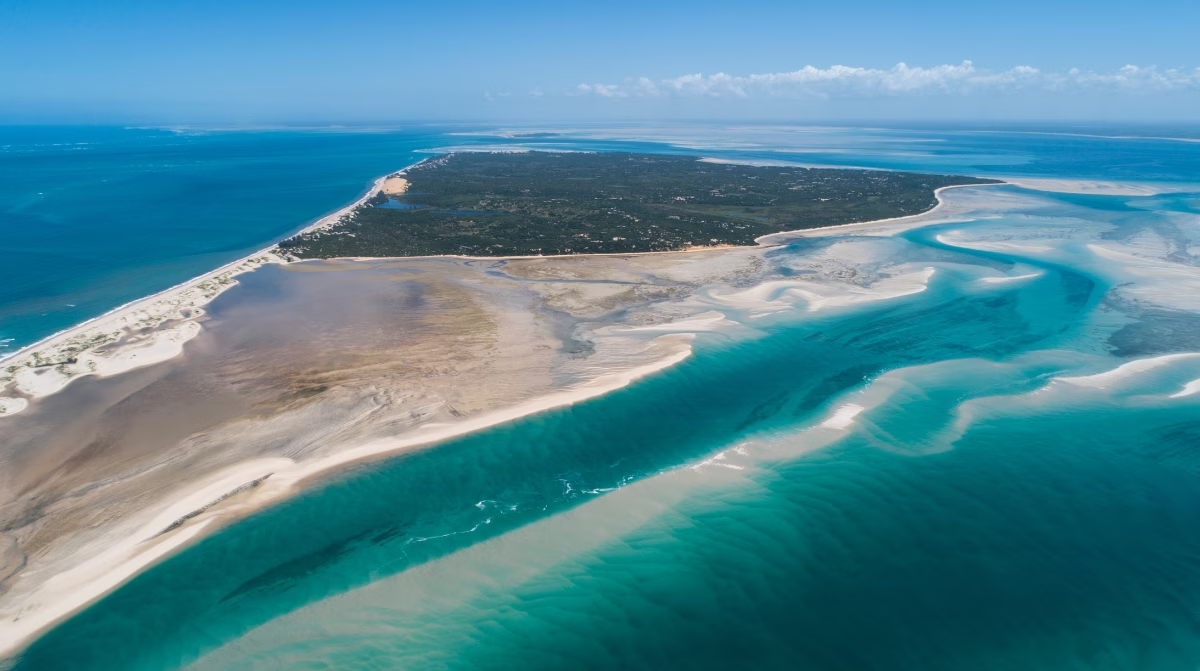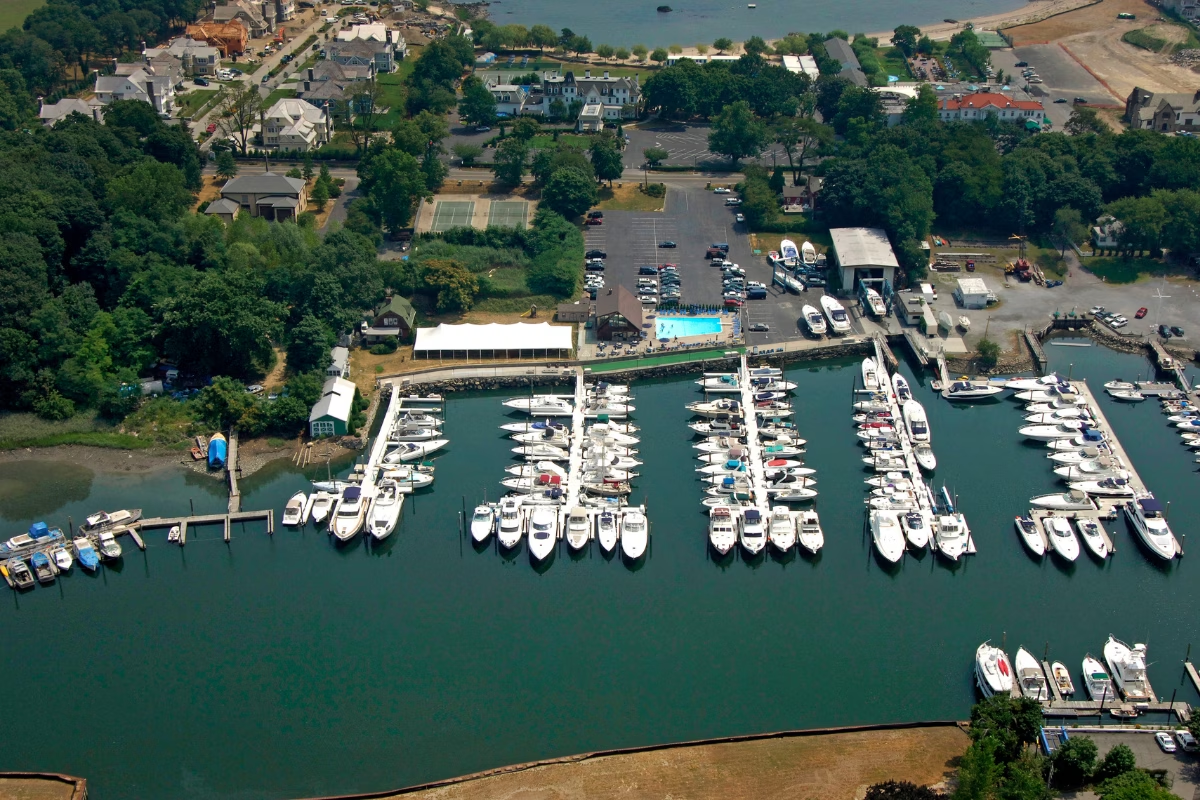Over the last 15 years, the switch from a maritime set-up to a hospitality set-up has been a huge leap forwards in marina modernisation. The same can be said for the serious approach to health, safety, environment and training now adopted and implemented by reputable marinas. And yet, often stifled by government bureaucracy, the evolution of marinas is negligible compared to the evolution of boat design.
_converted.avif)
When it comes to marina design and development, it seems that we remain tied to the dock of old practices, waiting for someone to take a first step in a new direction. The risk that comes with this is that rules are changing and governments can legislate for new marinas without consultation. As we have seen, in some known cases, when governments take this first step, it is difficult to bring them back and set them on the right path - no matter how good our arguments are, or how bad, misinformed and arbitrary their rules are.
Our relationship with governments is our weakest point. We are limited in space, boat size is increasing, and developers will find themselves dealing with a coastal authority for some issues and with the municipality for others. Securing a permit for a 50-vehicle car park in the concession area, for example, can become a nightmare that spans years, and it’s not unusual to experience a change of government during this time, taking efforts back to stage one.
Recognise the situation? Of course you do. A new bar, larger changing rooms, more toilets, a ramp for small training craft? It doesn’t matter if the changes are logistical and for the benefit of the user with no earnings intended, or something more commercially focused. All must follow the bureaucratic road to Calvary.
Is technology necessarily the solution?
What can be done? First, let’s start thinking about non-standard improvements. There’s nothing to lose in taking a look around - either in person or online - and copying other good ideas. Copying is not bad if the result is the same or better in outcome than what is being copied. Let’s find ways to bring greater comfort or safety to marina users, better operating conditions for crew and establish a better image and name for the marina.
Sometimes money is necessary, sometimes not. I tend to focus on the users, their perception and the benefits they gain. Why? Because they are the ones experiencing the uniqueness of the marina, writing the reviews and evaluating them amongst their peers.
Technology - or the lack of it - is mistakenly identified as both a cause of failure and a universal solution for a marina’s problems. With great staff and zero tech, you will still have very good results. It is important to remember that technology is only a tool. With poor staff attitude and top technology you will have a highly digitalised operation devoid of personality and life that users do not enjoy.
_converted.avif)
Little touches, big difference
Enhance the local flavour and characteristics of your marina – serve local food and hamburgers, as it seems they are expected everywhere. Decorate public places with local touches such as leaves, plants, art, wood, local crockery and glass. People must see the uniqueness of the place as soon as they disembark or come through the gate.
Let’s also bring an end to the usual “pass by the office” demand. Let’s make procedures and paperwork efficient and send staff to the boat with a tablet device when documents need to be checked, photos snapped for the marina records and payments taken. This method is being used all over the world by airlines, stadiums, car rentals, hotels and businesses far more complicated than ours.
Access cards for toilets, storage, trolleys and car or pedestrian access to the marina and piers are a great way of granting access and making users feel safe simultaneously. Yes, I know, many marinas have this, but not in the integrated fashion I describe.
Make rounds and talk to users in the morning. Take a junior staff member with you to learn. Soon you will know what visitors at your marina like. Talk sports, politics, economy, cars, whatever it takes to get conversation flowing and relationships formed.
“The croissants at Pantalán”
At Pantalán del Mediterráneo in Palma, I began offering a fresh croissant to each person I saw in the cockpit on Saturday mornings. We made a deal with the local baker and he was soon sending croissants, bread, pastries and a few other conveniences to people. It was a success.
Of course, Sod’s law dictated that after the second and third week customers were inviting additional guests on Saturday morning, but it didn’t matter too much. Not all boats had lots of people on board and, at €150/week for 84 berths from 20-100m, the cost was reasonable, and we had a yearly turnover of about €1.5 million at the time. Within three weeks, the whole harbour of Palma was talking about “the croissants at Pantalán”. It was a very low cost but successful initiative, and one that I proudly copied from my friend Jeff d’Albora of Soldiers Point Marina in Australia.
On weekends, it would be great to have a childcare centre and better facilities for those with young families. This often meets reluctance from marina operators because they fear the liabilities, but we’re only talking about a small sun-sheltered area and some qualified personnel. For parents with work to do onboard, or even those seeking a quieter lunch at the club house, relief is found knowing that the children are taken care of and having fun themselves.
Organise events! Help visitors to your marina integrate further in their nautical life. Do lifejacket tests, flare validity control, anchor chain re-marking, knot workshops. These are cheap, simple and effective examples. Most marinas fall short in engaging with the community, keeping to the “exclusive” status of bygone days. But “planting” us in their orbit should generate a desire for us to give back socially, not just economically. This engagement could come in the form of access to the more public places in the marina, invitations to join the aforementioned activities, or by helping more people discover the nautical world with basic sailing and rowing courses – maybe even in combined effort with a nearby yacht club.
_converted.avif)
Good signage is the way forward
It sounds simple but internal and external signage goes a long way. “Why?” I hear you all ask, “We know where the stuff is!” Yes, you do, but transient users, guests and visitors do not. Well-designed signage can be an important part of the marina decoration and style, and it could be the first impression. We all want it to be good.
Today, when LED illumination is king, you can light paths in different colours depending on the situation: warm light for normal, orange for fog (like the old orange sodium lamps), and red for emergencies that clearly marks evacuation paths. All can be integrated in the same luminaries and activated by red-green-blue LED controls; it doesn’t take a scientist to work it out. Furthermore, a colour scheme could be extended to the wider marina in general and applied on an easily accessible map. Any architect or illustrator could help with this, but don’t ask AI to do it for you.
It’s the people that matter
Cheap versus expensive is not always clear cut, as each case needs to be analysed and evaluated individually. Whilst most marinas do well in providing a sheltered harbour, today that is not enough. You will rarely lose clients who are comfortable at your marina. All they need is to feel protected, well attended to, able to enjoy their boat and be welcomed by a safe haven. However, internal and external marina shuttles to supermarkets, airports, nearby beaches and tourist attractions could mean another marina is chosen over yours next time.
The pricier marinas do well at installing a good level of technological features for reservations, accounting, pedestals, access systems etc. But, most of the time, technology is invisible and therefore unappreciated.
As I have said before, it’s the people that matter. Train your staff in hospitality, as well as in safety and operations. The smiling faces of your team are the first faces a visitor will see on arrival and the right attitude sets the right ambience. Attitude is an invisible force immediately perceived by humans and makes a huge difference.








